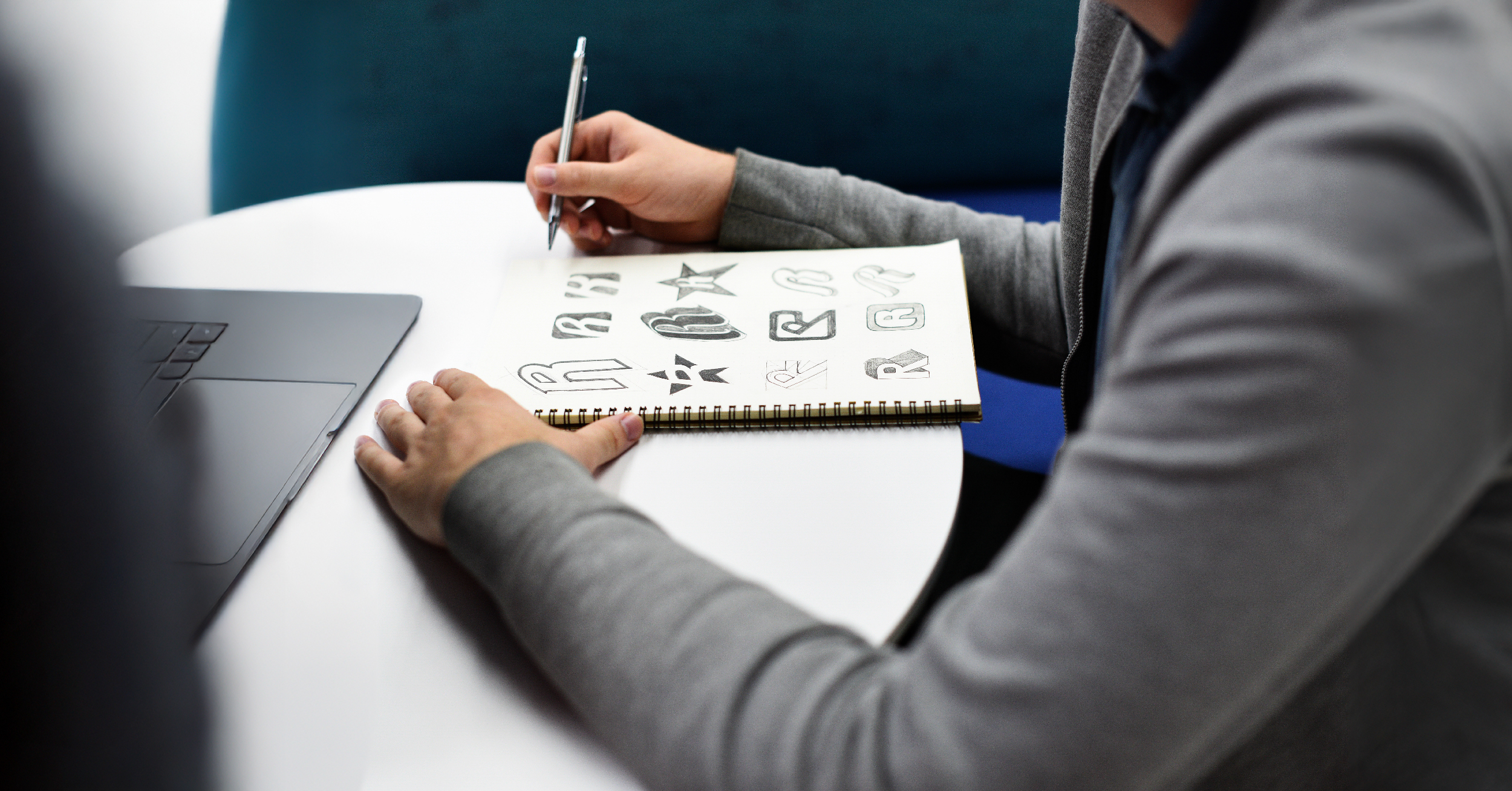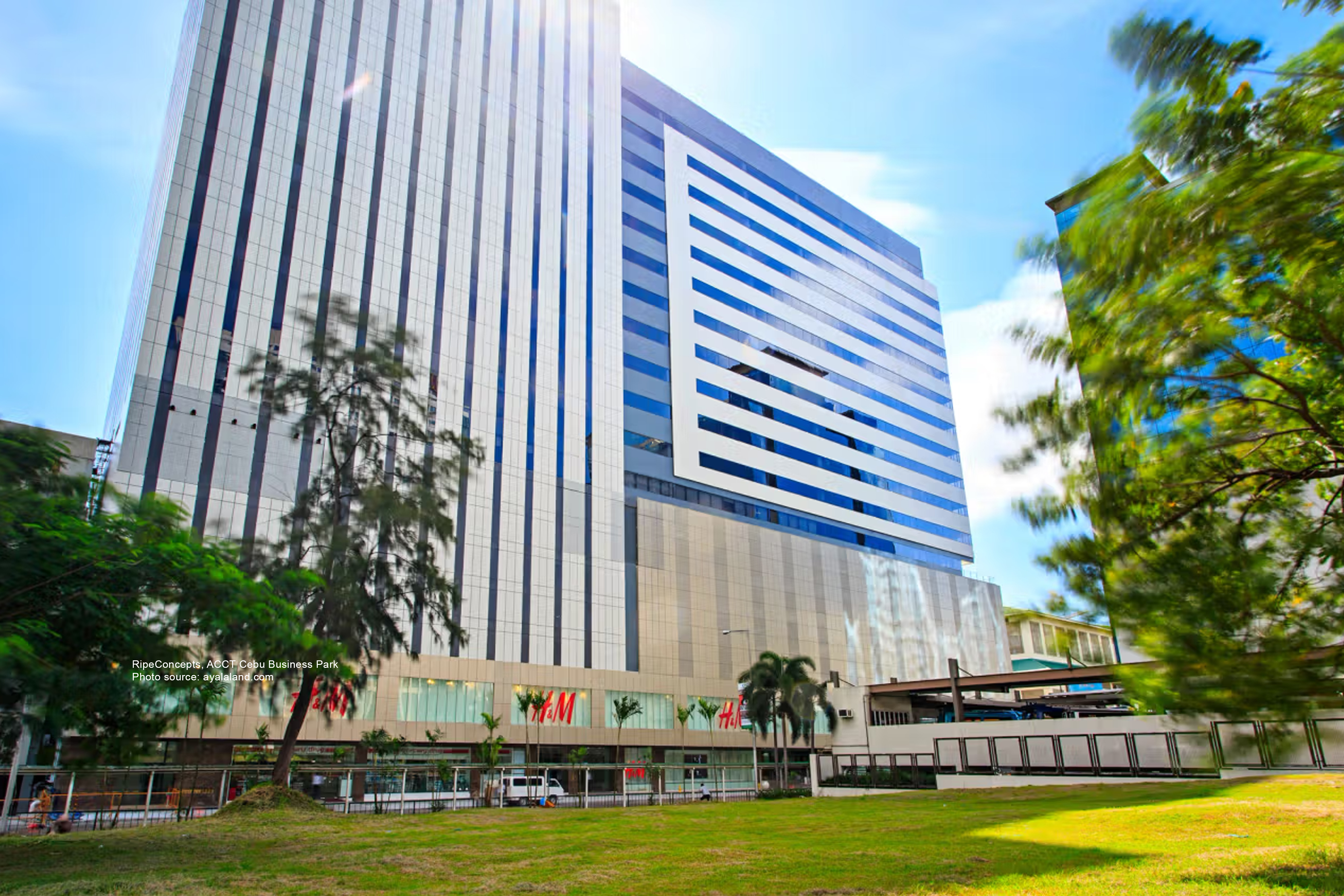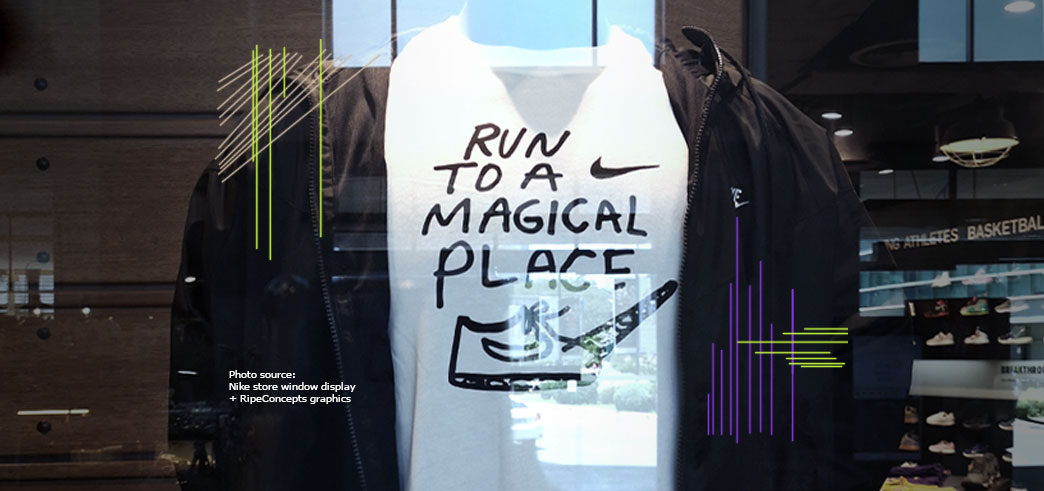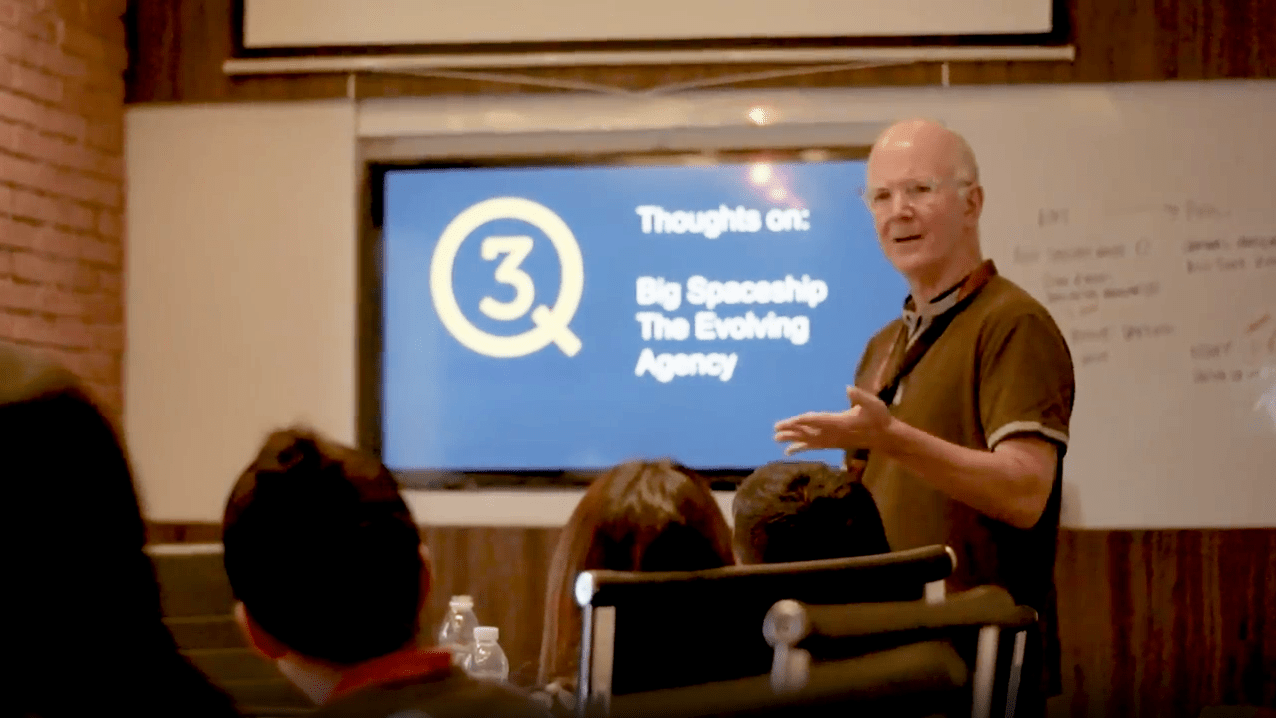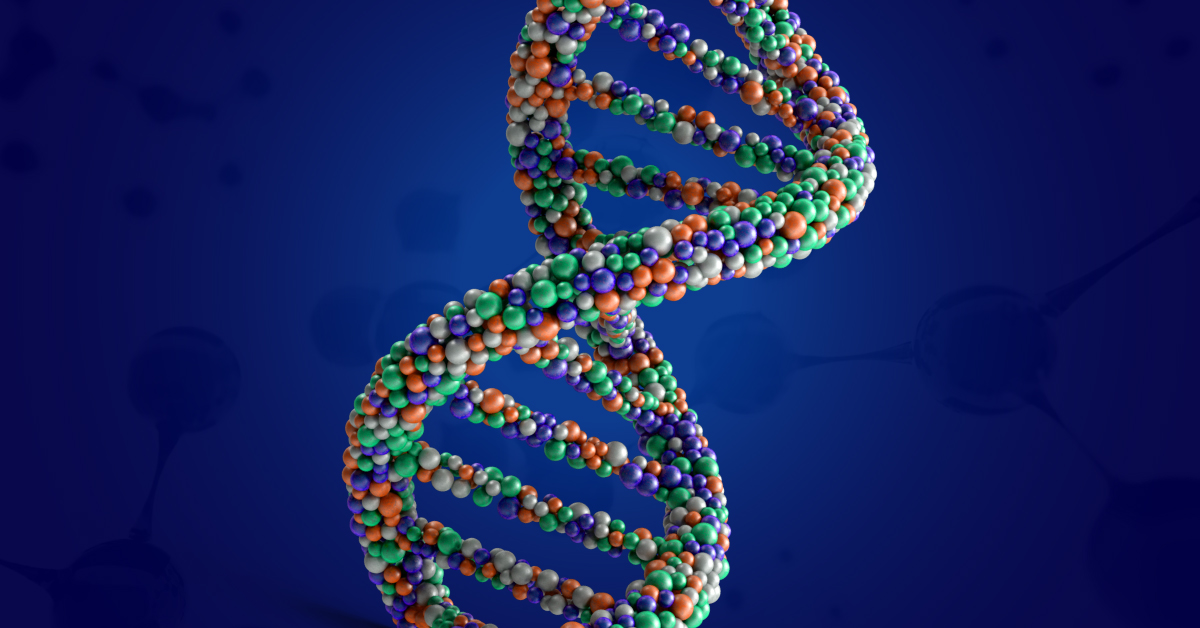Logo design is often the first crucial step in establishing your brand identity. Understanding the fundamentals in logo design, whether you’re launching a startup or rebranding an older company, can help create a memorable brand. IBM CEO Thomas J. Watson once said, “Good design is good business.” And arguably, good business starts with good logo design.
What Is Logo Design?
Logo design is the process of creating a graphic or typographic design that stands for a brand, a company, an organization, or an individual. More than just drawing a pretty picture, logo design involves research, planning, considering color psychology, typography, symbolism, and a logo will look across different mediums.
What Makes a Logo Design Great?
Think of some of the world’s most recognizable logos, such as Apple’s bitten fruit icon, Mercedes-Benz’s three-pointed star, or McDonald’s Golden Arches. While these companies have become household names for many reasons beyond visual identity, their logos share certain qualities that any business can incorporate. Several factors consistently emerge when evaluating effective logo design.
Clarity and Simplicity
An effective logo ideally communicates what a brand is all about and is simple, not complex.
In a study of 597 logos, researchers found that descriptive logos, which are logos that include imagery directly related to a product or service, often have a positive effect on brand perception and consumer behavior. Incorporating relevant visual elements helps consumers to quickly understand what a company sells or does, and this is particularly beneficial for new companies or brands still building recognition.
However, this doesn’t work for every logo. The same study also found that businesses associated with unpleasant experiences or negative associations, such as pest control, funeral homes, or industries with controversial aspects, can benefit from logos that don’t directly depict their products.
As to simplicity being key to effective logo design, this matters because you want your logo to look good on any surface, physical or digital. This is easier to achieve with a simple logo than with a more complex, intricate design. Which brings us to the next qualities…
Adaptability and Scalability
A business logo must function across various channels and materials. Effective logo design considers how a logo will appear on everything from a small social media thumbnail to large billboards. A truly versatile logo maintains its impact and legibility whether it’s in black-and-white or in full color. There is a financial benefit to this versatility. For instance, a logo that is recognizable even in a single-color format can significantly minimize production costs, especially for large-scale printing.
Timelessness
Good logo design resists passing fads and instead aims for standing the test of time. Brands like Coca-Cola, with their consistent and timeless script logo, exemplify the power of staying true to core brand identity rather than chasing temporary trends.
In that regard, understanding your business’s roots and future goals will help to develop a logo that resonates with your brand’s essence and remains relevant for a long time, until a strategic rebrand is deemed necessary many years down the line.
Rebranding efforts typically occur during major shifts like mergers or fundamental changes in a company’s business or core values. One example of this is the Nestlé logo, which has gone through various changes since its inception in the 1860s. Note that throughout these changes, every iteration is still recognizable as Nestlé. That is timelessness.
What Is the Logo Design Process?
Designers and agencies will have different processes, but generally there is a structured approach to logo design that begins with a comprehensive brief.
Research Phase
In the creative world, the brief is gospel. It is the very foundation on which designers create concepts that strategically align with a business’s goals. The brief should have all pertinent information about a business, its target audience, competitors, and brand objectives.
After receiving the brief, designers need to research, analyze competitor logos, study color psychology, and examine industry conventions to determine elements to adapt or avoid. The research phase informs every design decision that follows.
Creative Phase
The creative phase then involves sketching ideas, developing them, and refining the output. Professional logo design will have multiple rounds of concept development, client feedback, and polishing.
By the end of the logo design process, the output should include vector formats, high-resolution raster files, exact color specifications, and usage guidelines. These materials ensure that a business logo can be used consistently in any application.
Where to Find Logo Design
Freelance Platforms
$
On online marketplaces, freelance designers abound. This can be an affordable option for businesses just starting out or those with small budgets, but be aware of potential challenges such as communication barriers, quality levels, and limited accountability. If cash constraints make this your only option, proceed with caution and carefully vet potential designers.
Logo Generators
$
Particularly with the rise of Gen AI, automated logo generators have appeal as a quick and low-cost starting point for new companies. The caveat is that AI-generated logos draw from vast databases of existing designs, which means your logo may lack originality. Because AI tools essentially recombine elements from actual designers’ work, you’re better served working directly with creative professionals who can deliver original and more personalized solutions.
Professional Design Companies
$$$$+
Professional design companies and agencies with a focus on branding will offer comprehensive expertise and resources for logo design and branding. These companies employ teams that approach projects from multiple angles, with some incorporating market research and focus group testing to produce the best possible results. The price range here can start at a few thousand to millions.
Offshore Design Company
$$
Outsourcing logo design to offshore companies offers a middle ground between freelancers and high-end agencies. An established design company overseas can provide professional-quality work at competitive rates due to lower operational costs in their locations. When you find offshore creative support that’s well-established and easily accessible, they can often handle comprehensive branding needs other than just logo design. Compared to individual freelancers, this option provides more accountability since you’re working with an entire organization rather than a single person who might become unavailable.
Where to Get Affordable and Reliable Logo Design
Even small businesses should recognize that investing in quality logo design delivers far better returns than choosing the cheapest option available. The lowest-priced solution rarely provides the strategic value that a brand deserves. Your ideal logo design partner should offer comprehensive services that support your complete branding strategy as your company scales and develops.
RipeConcepts has spent 16 years helping businesses build impactful brand identities. We’ve transformed from a boutique logo design studio to a full-service digital solutions provider that works with them all, from startups to global corporations. Operating as an offshore design firm serving primarily US clients, RipeConcepts delivers premium design expertise while maintaining cost-effective pricing.
Ready to elevate your brand with professional graphic design and branding services at a fraction of the cost? We’ll help you develop a logo that strengthens your market position and serves as an anchor point for your brand identity. Book a free logo design consultation with one of our experts.
graphic design
